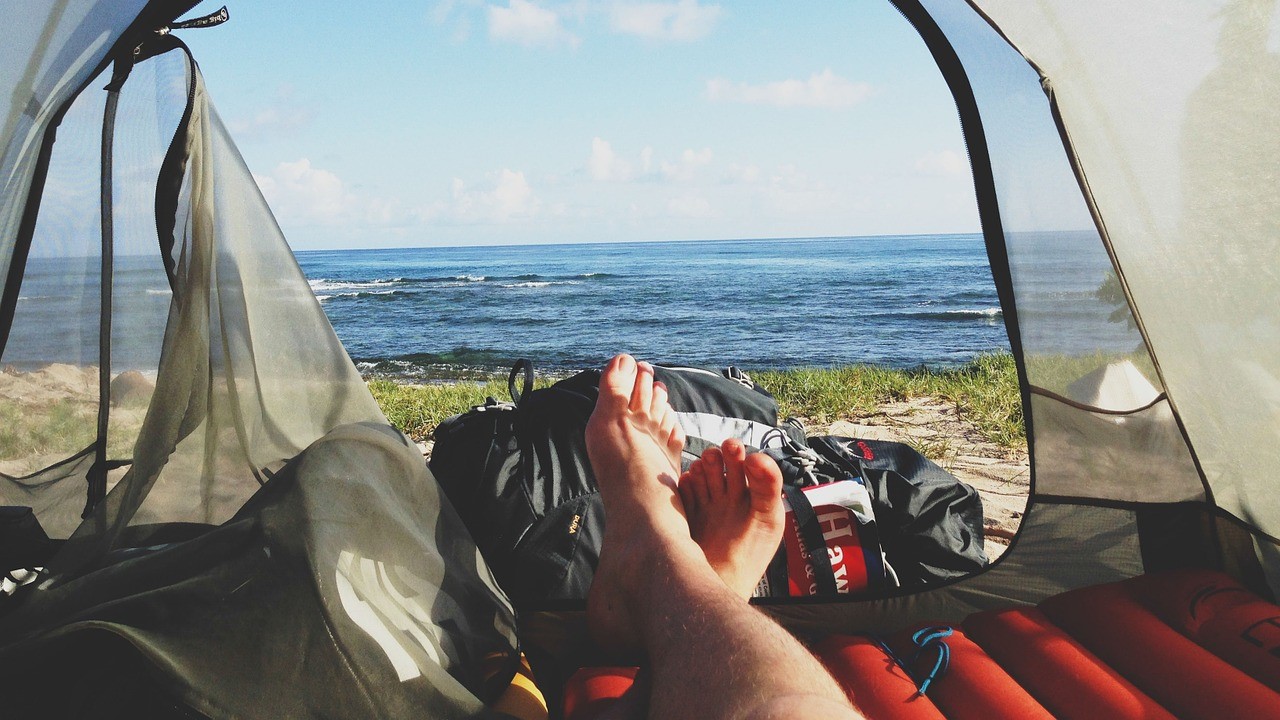You’ve grown accustomed to buying equipment based on look and feel, but for your backpacking air mattress you need to pay less attention to the product appearance or picture listing and more to the specifications. Key specifications are:
- R factor: A number which tells you exactly how much insulation the mat provides; numbers range from 1 to 9.5; if you’re doing cold-weather backpacking, you’ll want a mat with a nice high number, but you don’t want to carry an elephant around either.
- Weight: How much the sleeping mat weighs. When you’ve got something on your back hour after hour, mile after mile, you want as light-weight an item as possible.
- Packed Size: How much room will the thing take in your backpack, when it’s all deflated and sealed up in it’s pouch? Since you’ve only got one pack and a long list of things to fit inside, this is an important one too.
- Dimensions: Will the mat fit you lengthwise, and offer enough width? For serious backpacking you don’t actually want an air mattress, which is a relatively large, bulky bed meant for car-camping ; the backpacking air mattress is more correctly termed a air pad or sleeping pad and is much smaller. Standard width is 20 inches, though there are wider models. Standard length is 72 inches; though you can find both long sleeping pads (75-78 inches) as well as ¾ or short sleeping pads (47-48 inches).
Now that you know what those number in specs sheets mean, check out our review for the Klymit Insulated Static V Lite Sleeping Pad.



